Northeast Gardener's September Checklist
http://decor-ideas.org 09/02/2013 03:50 Decor Ideas
September is my favorite time of year without a doubt. Gardens everywhere have matured and are spilling out onto sidewalks and over fences, and are generally looking very lush and abundant with eye-popping annuals, textural grasses and herbs. Weekly visits to the farmer's market are a delight, as there's just so much to look at and to purchase.
There's also a lot to do to keep things under control and looking their best. My garden carts are indispensable as I begin the work of cutting back perennials, adding to the compost pile and hauling loads to the back corner of the yard.
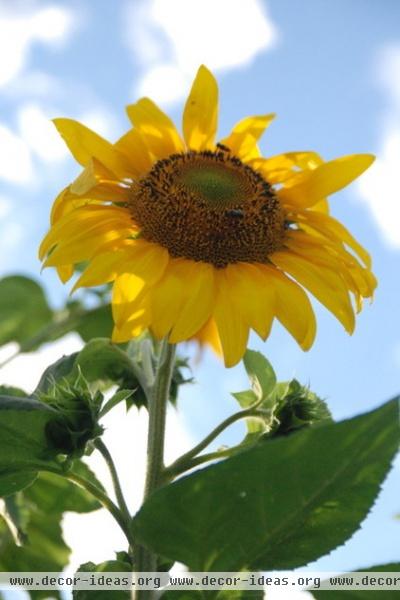
Welcome wildlife with flowers. Many wonderful annuals are hitting their peak now, like this sunflower, which has multiple blooms on strong stems.
Aside from making a great cut flower, sunflowers are an important food source for pollinators; their seed heads can be left standing to attract finches and other birds.
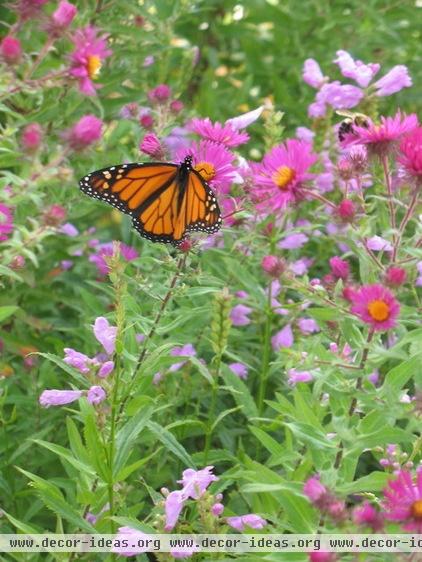
Late-blooming perennials, like aster and obedient plant (Physostegia spp), take center stage and lure in migrating monarchs, who move throughout the region on their way to overwinter in Mexico.
New England aster 'Alma Poetschke' (Symphyotrichum novae-angliae 'Alma Poetschke', zones 4 to 8) is a standout.
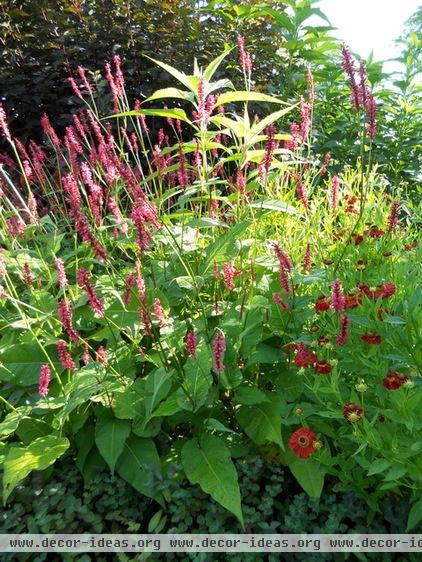
Another great plant for extended bloom time is mountain fleece flower (Persicaria amplexicaulis 'Firetail', zones 4 to 7), a native perennial with terminal spikes in shades of pink and raspberry.
It's especially good for wet soils and on a woodland edge, or in naturalistic borders with colorful zinnias.
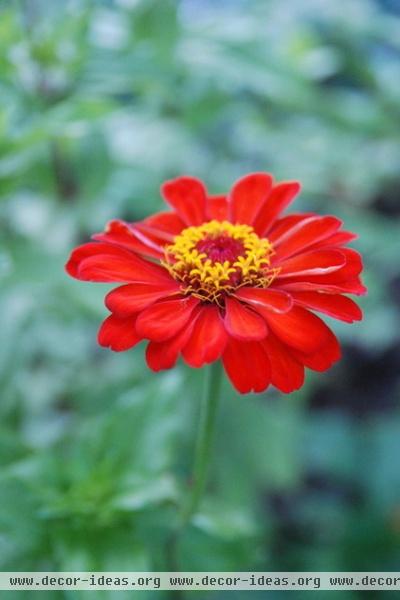
Summer wouldn't be summer without zinnias. I start them in the greenhouse in April, babying them as transplants, and by mid-September they're huge and need to be supported with canes or twine tied to fence posts along the vegetable garden border.
Just today a Tiger Swallowtail butterfly hovered nearby, gathering nectar on a large white zinnia.

Add late-season texture. Grasses are in full glory at garden centers this month, so take a look at what's available and think about adding some to your garden. Planted in mass, they combine to make a living sculpture. Tall varieties look especially good against a hedge, wall or fence.
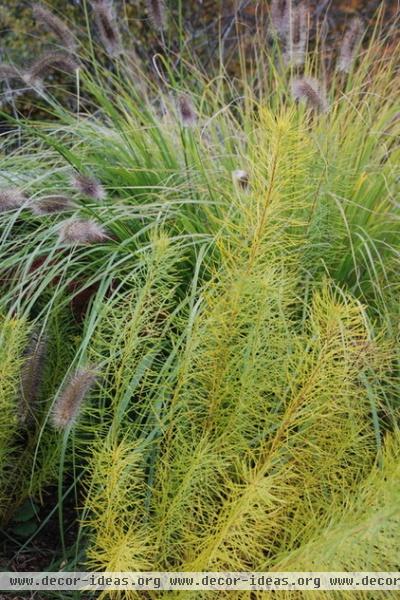
The colors of grass seem to change from day to day — the seed heads are brown, then the foliage begins to yellow and darken into shades of caramel and rust.
Here fountain grass combines beautifully with willow blue star (Amsonia hubrichtii, zones 4 to 9) in my Vermont garden.
Some other favorites for fall texture are switch grass (Panicum virgatum 'Heavy Metal', zones 5 to 9), little bluestem (Schizachyrium scoparium 'Blaze', zones 3 to 9) and feather reed grass (Calamagrostis acutiflora 'Karl Foerster', zones 5 to 9).
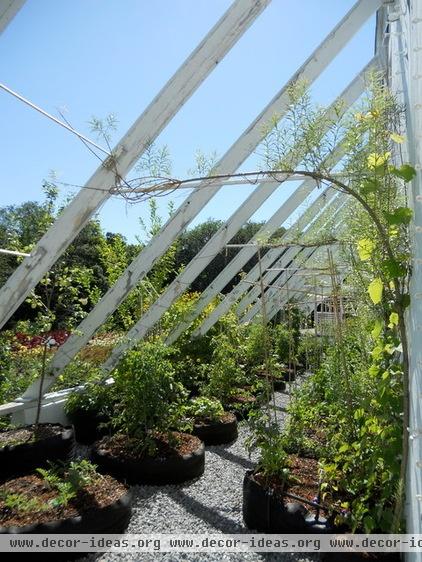
Reap the harvest. The craze for green smoothies is big where I live. If you have a high-caliber blender and grow kale, parsley, celery, lettuce, arugula and beets, you can make power meals that will make you feel superhealthy.
Even without a blender, all of these are good for you, so get busy in the kitchen and eat your salads. Sow seeds of cool-season crops now for a late harvest.
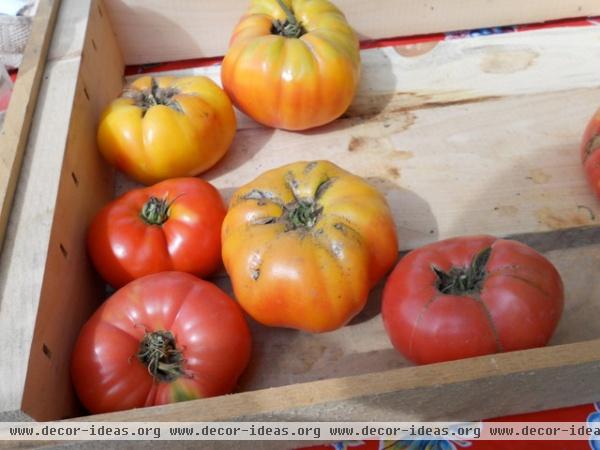
Tomatoes are plentiful and hard to resist this month. I'm savoring the fruits as they ripen on the vine.
Here in the Northeast we have a short growing season. Indeterminate tomatoes will produce fruits for an extended period — for many this is the highlight of summer!
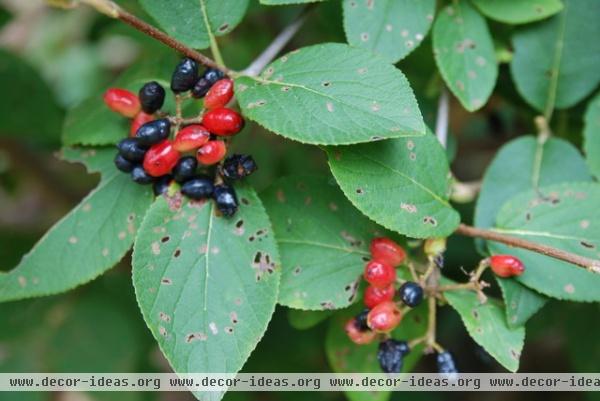
Feed the birds with fruiting shrubs. About this time of year I notice an increase in bird activity in my mixed border, where viburnum and redtwig dogwood provide a privacy screen from the street.
Viburnum 'Mohican' is especially showy, with fruits going from red to black and leaves that turn red with the shortening days.
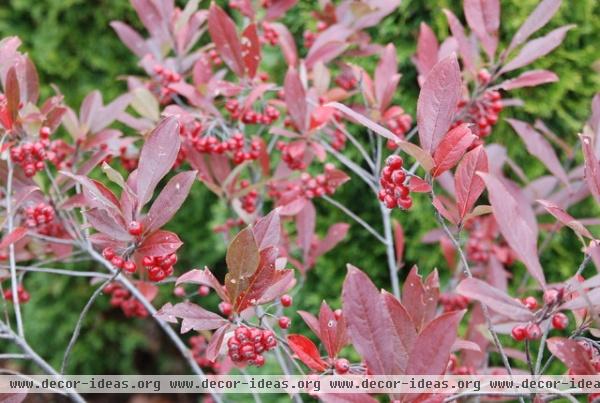
Another good wildlife shrub is aronia (Aronia arbutifolia 'Brilliantissima', zones 4 to 9), commonly called chokeberry. You can't beat it for fall color, and the fruits persist well into autumn.
Other garden chores this month:
Cut back perennials.Trim hostas and daylily scapes.Plant mesclun, lettuce, arugula, kale and other cool-season crops.
More U.S. garden guides
Related Articles Recommended












